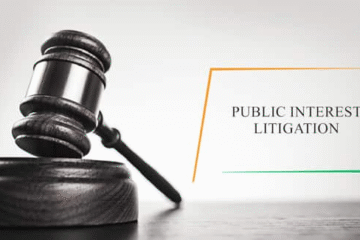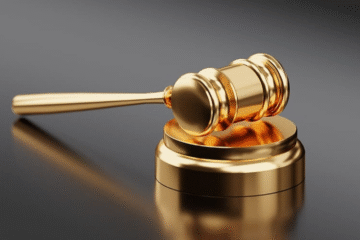
Introduction
Certiorari is a Latin word which means “to certify or to be certified or to be informed”. It is issued by a higher court to a lower court or tribunal either to transfer a case pending with the latter to itself or to squash the order of the latter in a case. Essentially, it was a royal demand for information.
Certiorari may be defined as a judicial order issued by the high court under article 226 or by supreme court under Article 32 to an inferior court or any authority exercising judicial, quasi judicial or administrative functions to transmit to the court the records of proceedings pending therein for scrutiny and, decide the legality and validity of the orders passed by them (Prabodh Verma v. State of U.P , AIR 1985 SC 167 ; A.K Kraipak v. Union of India , AIR 1970 SC 150).
Previously, the writ of Certiorari could only be issued against Judicial and Quasi judicial body , however in 1979 Supreme court issued certiorari in A.K Kraipak v. Union of India , (AIR 1970 SC 150) against administrative authority affecting the right of individuals. Unlike Habeas Corpus certiorari is not available against legislative bodies and private individuals or bodies.
Conditions
The conditions for issue of the writ pf certiorari rested on the observation made by Atkin, L.J. in R. V. Electricity Commissioner (1924) 1 K.B 171, he observed
“Whenever any body of persons having legal authority to determine questions affecting rights of subjects and having duty to act judicially act in excess of their legal authority they are subject to the controlling jurisdiction of the king’s Bench Division exercised in these writs”.
Thus, condition are
(i) Any body of persons;
(ii) Having legal authority;
(iii) To determine questions affecting the rights of subjects;
(iv) Having the duty to act judicially; and
(v) Act in excess of legal authority;
Grounds
A writ of certiorari may be issued on any of the following grounds:
(1) Error of Jurisdiction – Error of jurisdiction refer to the situation where the authority exercise excess jurisdiction or fail exercise jurisdiction vested by law .
(2) Abuse of Jurisdiction – An authority is said to have abused its jurisdiction when it exercises its powers for improper purposes, or on extraneous considerations, or in bad faith, or leaves out relavent considerations or does not exercise the power by itself but at the instance or discretion of another person.
(3) Jurisdiction fact – Lack of Jurisdiction may also arise from absence of some preliminary facts which must exist before an authority exercise jurisdiction, such facts are called collateral facts. These are sine que non or condition precedent to the assumption of the jurisdiction.
(4) Error of law apparent on the face of the record – A decision of an authority can be quashed by the writ of certiorari if there is error of law apparent on the face of record.
(5) Violation of the principles of natural Justice – A writ of certiorari can be issued when there is violation of the principles of natural Justice. There is a minimum standard of natural Justice must be complied with by ‘any one who decides any thing’. The principle of natural Justice includes.
(i) Rule against bias
(ii)Rule of audi alterem partem
Uses of Certiorari
A writ of certiorari can be filled when there is violation of individual fundamental rights or where the order passed by the agency is mala fide, Fraudulent or otherwise unjust.
Limits of Certiorari
In Prabodh Verma V. State of U.P (AIR 1985 SC 167) , the supreme court has held that writ of certiorari can never be issued to call for the record or papers and proceedings of an Act or Ordinance.




0 Comments